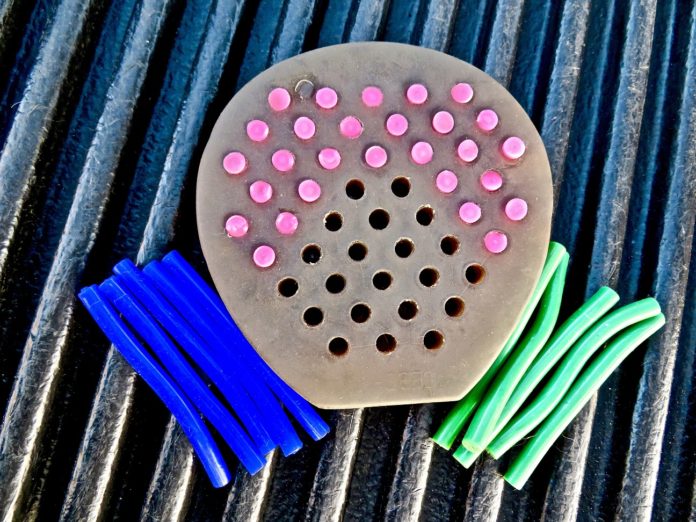We all know that feeling – the one you get after you’ve walked all day in a pair of new, flat shoes on hard floors. The dogs are barking, and no matter how many times you shift your weight and adjust yourself the pain only seems to increase. Your feet speak up with that deep ongoing ache, your joints waste no time in voicing their opinion and before you know it – blisters join the party. You simply cannot wait to escape that pressure.
It isn’t until the end of day, when you have the freedom to change shoes that the cycle breaks.
Now imagine if you can, the feeling you’d get if you couldn’t escape the pressure.
For horses suffering from laminitis, founder, navicular disease, sore tender feet or even the stresses of shipping it’s all about finding their pressure preference.
That’s why the Easyboot Cloud and Stratus were developed. The ultimate goal was to provide each individual horse the exact form of relief they need.
If you’re already using an Easyboot then your horse is halfway to ideal comfort.
The next step? Mastering pad modification.
Cue the Easyboot Stratus.
For the horse with long-term therapeutic needs this boot scores all the major hitters. Its soft neoprene interior prevents chaffing, its leather exterior maintains a healthy foot climate, its anti-twist intelligence locking system prevents the boot from shifting during long term wear AND its customizable honeycomb pad with insertable TheraRods allows you to make the Easyboot Stratus personalized.
What’s not to love?
Well, while the option to customize sounds great, how do you determine where to place the rods, which ones to use or when to change it up?
Here are 5 simple, effective relief patterns to try that everyone should keep in their Easycare toolbox.
Relief Pattern #1 – Sore, Tender Soles
Each boot comes with its own insert pad – and the one you are probably most familiar with is the Easyboot Cloud Pad. This light blue foam is perfectly designed with the tender horse in mind. For horses going through a laminitic episode, or who are extremely sore footed, this pad offers pillow-soft protection that contours exactly to the solar surface of their feet. After continuous use, the pad will eventually lose its integrity and need to be replaced. If your horse is exhibiting severe discomfort to any pressure at all, I recommend beginning with the Cloud insert pad before transitioning to the Stratus TheraPad. If your horse seems comfortable enough to receive pressure from softer surfaces such as sand or grass, but exhibits tenderness on barn floors/pavement, they may benefit from the Stratus TheraPad without TheraRods. Sometimes, less is more. From my mindset, you can always add more, so why not start simple? See how your horse likes the pad as it is, in its softest form.
Relief Pattern #2 – Abscess Relief
Often times, when a horse has abscessed, or is in the process of abscessing, providing pressure relief from the affected area may be just the added comfort they need to continue to utilize that limb. In turn, this added relief may assist in preventing challenges such as contralateral lamenesses, prolonged rupture or heal time.
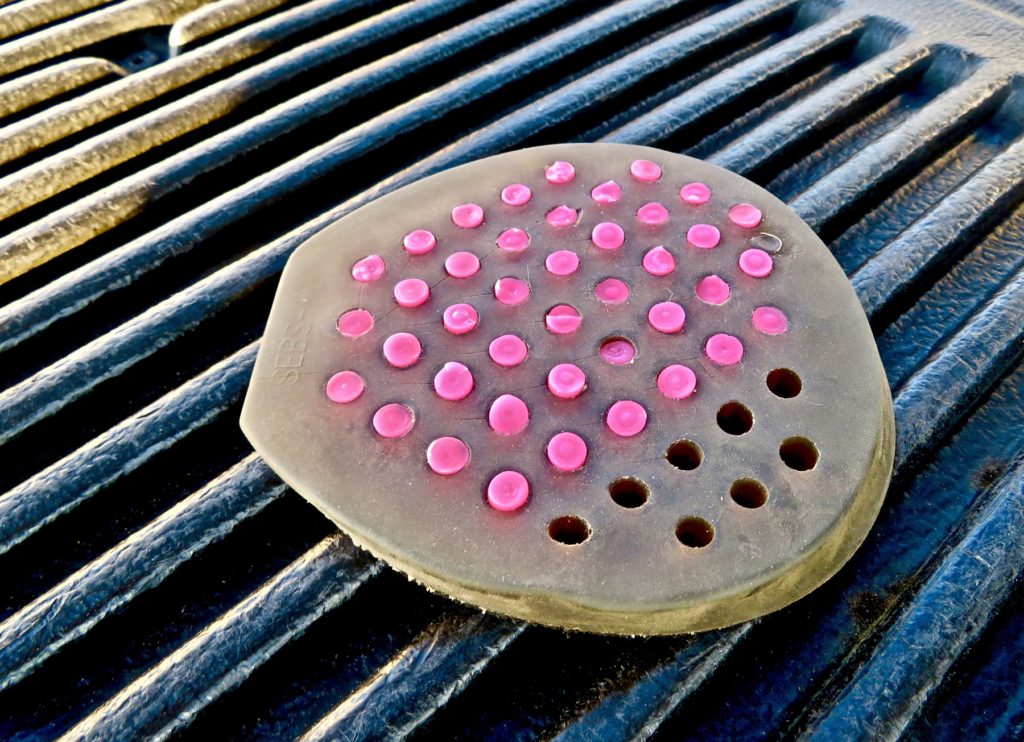
With assistance from your farrier and/or veterinarian, determine the abscess location then fill in the pad with the TheraRods with a density appropriate for the case (mild to severe). Leave out the affected section of the boot as it mirrors on the horses’ foot.
Relief Pattern #3 – Laminitis Relief
Traditionally, laminitic horses are seeking support from the apex of the frog back to their heels and pressure relief from the apex of their frog extending out to their toe. We recommend leaving the front half of the pad open (i.e. without rods) and filling in the back half.
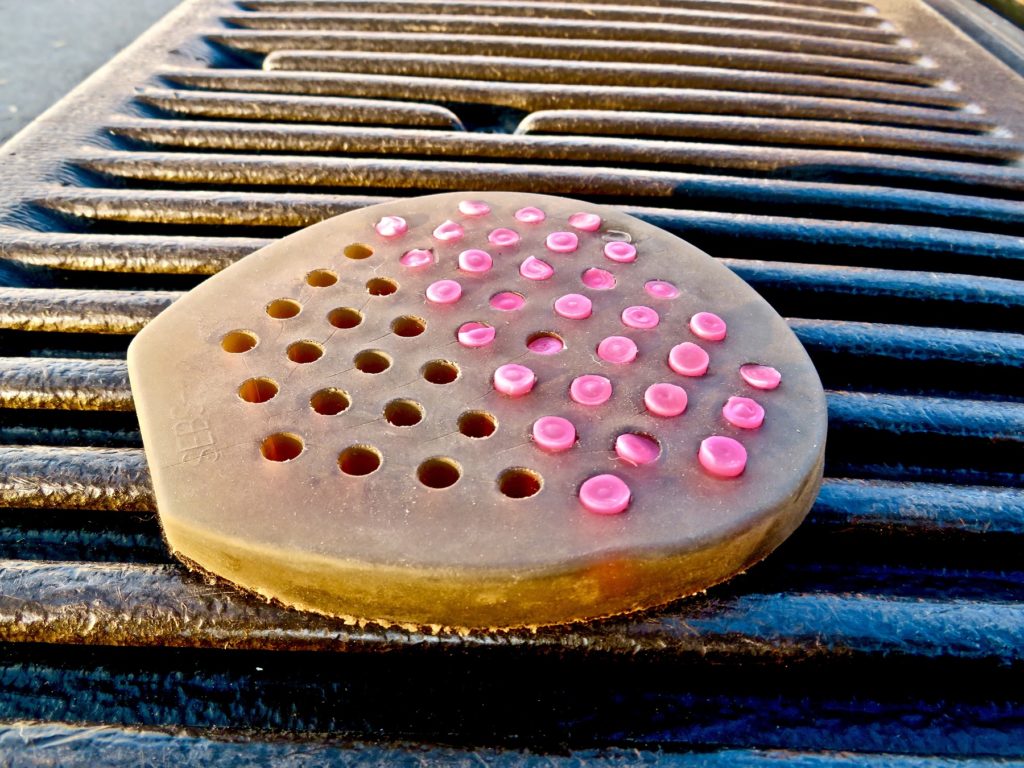
Depending on the severity of the case, your horse may prefer different densities to support their heels. Simply determine where the pad lines up with the apex of their frog, fill in accordingly, and you’re ready to go!
Relief Pattern #4 – Navicular Relief
For a horse suffering from navicular syndrome adjusting frog pressure can be the difference between creating relief or causing pain. In these particular cases, it’s incredible how individual horses can be. Just when we think we’ve anticipated what they want, they surprise us with wanting the exact opposite. This is where the TheraRod system truly shows its possibilities.

You can create a frog pattern for pressure, or a pattern for frog pressure relief. We recommend doing this either by filling in everywhere on the solar plane of the pad and leaving the frog area to remain, or reversing the pattern. Be willing to try it with various rod densities to determine your horses ideal comfort preference. Keep in mind, their preference may change over time.
Relief Pattern #5 – Combination Pads
For the unique case creative padding can be the answer. Start with any of the four patterns previously described.
In this example, I created a laminitis relief pattern by combining half of a Cloud pad with half of a TheraPad.
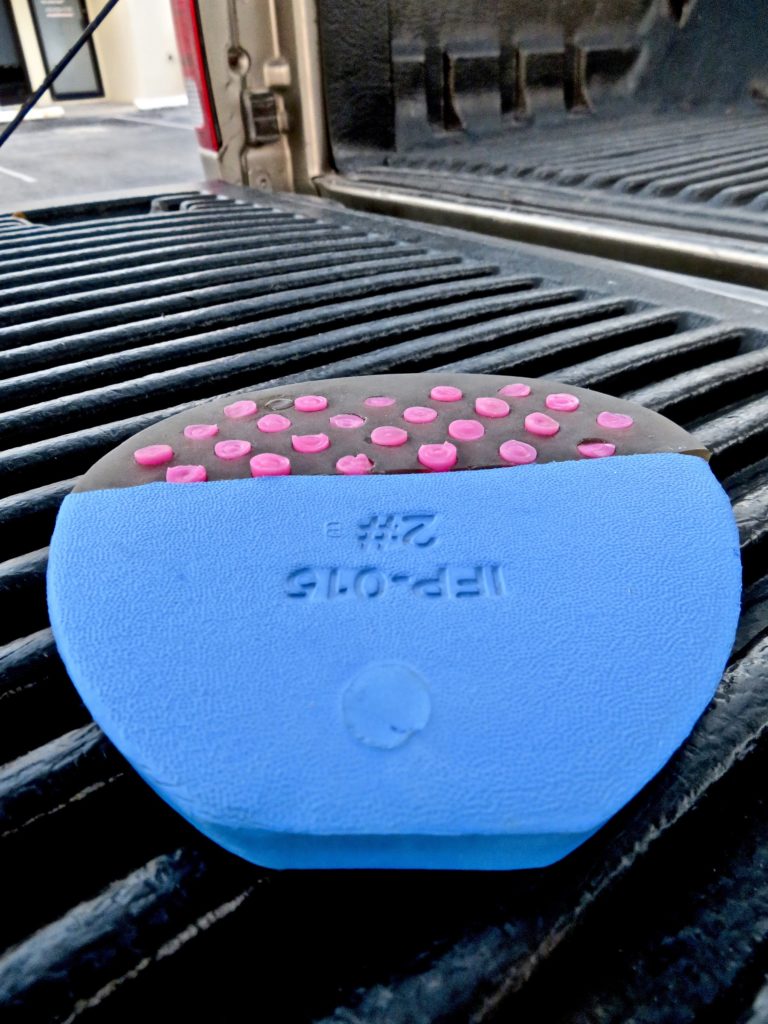
The Cloud pad at the toe offers the gentle protection a horse might seek while offering supportive feedback to the back half of the foot. Using a straight blade, simply cut your pads in half and insert as needed!
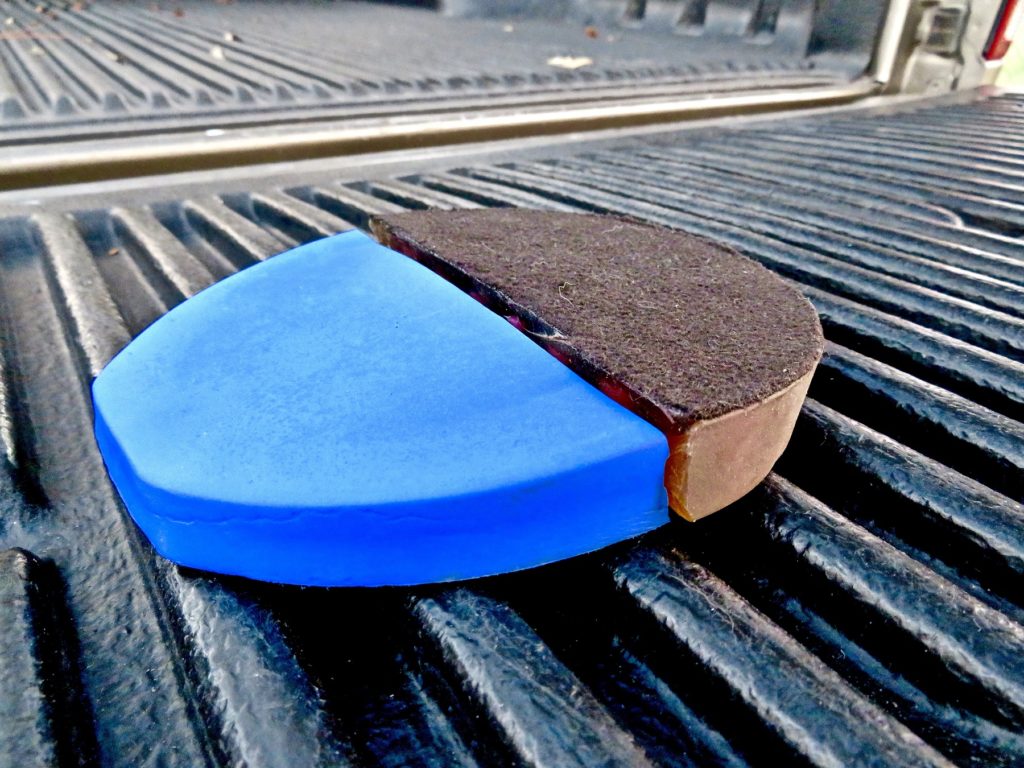
The important takeaway from these patterns is to remember that pad design is only limited to your imagination. Just as our bodies change over time, our horses do too. What may be their preferred pattern for one stage of their life, may change later on. By keeping an open mind and paying attention to the feedback our horses give us we can harness the full potential of our Easyboots to better serve the horses we care so much for.
Happy booting!
Curtis Burns


